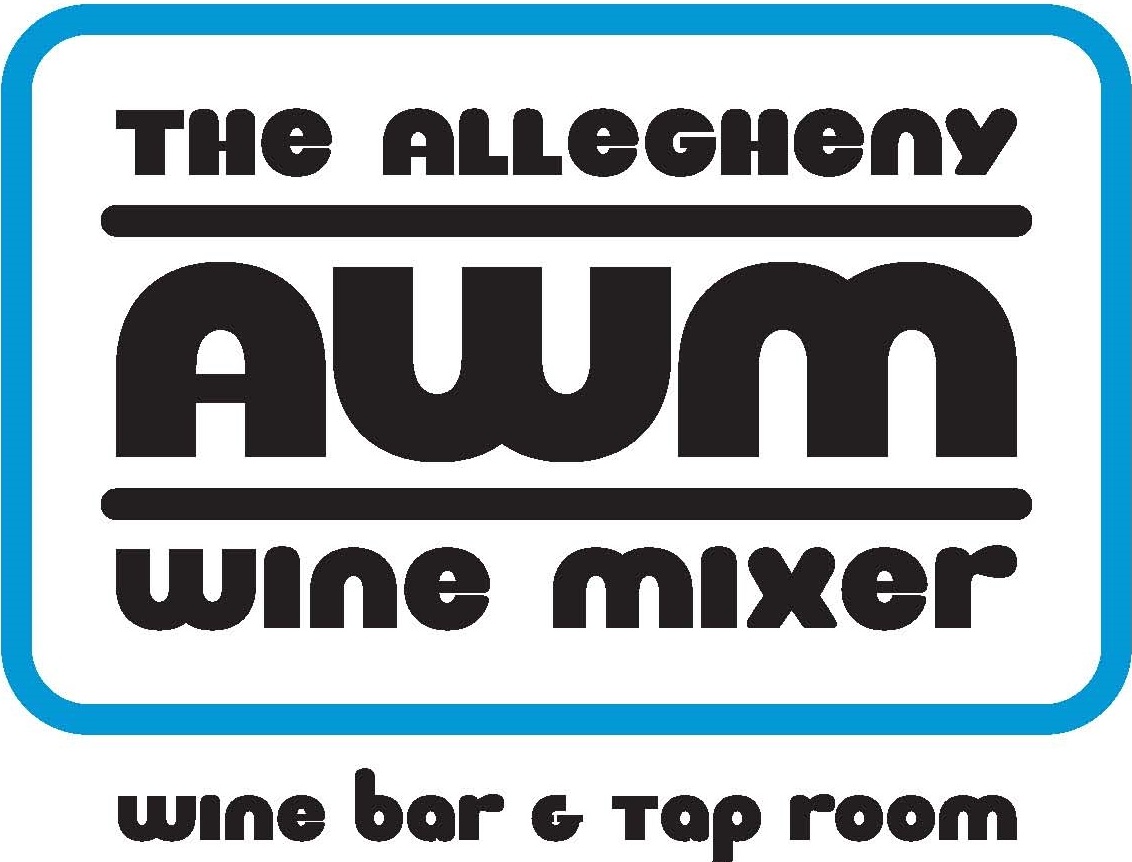And like that, Summer of Rosé 2016 is done. (We may still have a handful of “Never Mind the Bollocks” tees in the basement if you failed to pick one up.)
"We hereby claim this valley in the name of the Allegheny Wine Mixer."
Pinot Noir on the vine at Four Graces
So what’s up for Fall? If you follow us on social media, you probably know that the staff spent the week after Labor Day (our annual closing week) on the West Coast, checking out the Portland scene by night, tasting in the Willamette Valley by day — hard prep for our Fall Focus, Oregon.
You might think this will simply boil down to a tale of two Pinots, Noir and Gris, and no one would blame you if you did. The former, especially, is the grape to which Oregon has hitched its star, and for good reason: the cool, wet Willamette Valley offers optimal growing conditions for this notoriously difficult grape, producing wines with an elegance and structure that only Burgundy can surpass. (The local relationship with Pinot Gris is far more ambivalent, but more on that in a future post.)
But to dismiss Oregon as a two-trick pony overlooks not only some exciting developments in the warmer climes of the Rogue and Columbia River Valleys, but more diversity in Willamette than it typically gets credit for. We tasted plenty of Willamette Rieslings, Syrahs, Muscats, Chardonnays, Viogniers and other less common varietals throughout our trip. Many were real revelations.
Some of these wines will start hitting our list in the coming week, and they’ll change often throughout the fall. We’re looking forward to sharing them with you and telling their story.













